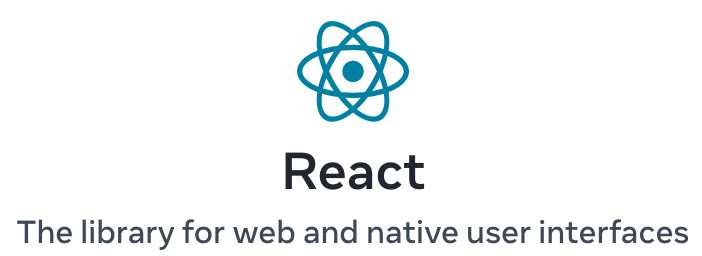
How change the base url between localhost and production
This is a common practice in React applications. You can achieve base-url switching by using environment variables that differentiate the API base URL based on the environment (development vs. production). Here’s how you can set it up:
1. Use Environment Variables
With Vite, you can achieve dynamic API base URL configuration using environment variables. Here’s how you can set it up:
1. Define Environment Variables
In Vite, you can use .env files to define environment-specific variables:
a. Create .env Files
-
For local development:
-
Create a file named
.env(or.env.development):VITE_API_BASE_URL=http://localhost:5000
-
-
For production:
-
Create a file named
.env.production:VITE_API_BASE_URL=https://your-deployed-api.com
-
-
For additional environments (e.g., staging), you can create
.env.staging:VITE_API_BASE_URL=https://staging-api.com
2. Access the Environment Variables in Code
In your code, use import.meta.env to access the environment variables. For example:
const BASE_URL = import.meta.env.VITE_API_BASE_URL;
async function fetchData() {
const response = await fetch(`${BASE_URL}/endpoint`);
const data = await response.json();
console.log(data);
}
⚠️ Note: Environment variables in Vite must start with the prefix VITE_ for them to be accessible via import.meta.env.
3. Building and Running
- When you run
npm run dev(oryarn dev), Vite uses.envor.env.developmentby default. - When you run
npm run build(oryarn build), Vite uses.env.production.
4. Customize for Multiple Environments
To build for other environments (e.g., staging), you can specify the environment file using the --mode flag:
# Use staging environment
vite build --mode staging
Vite will then use .env.staging during the build process.
5. Example Directory Structure
project/
├── .env
├── .env.development
├── .env.production
├── .env.staging
├── src/
│ ├── main.js
│ ├── App.jsx
6. Additional Notes
- Environment Variable Precedence: If a variable is defined in multiple
.envfiles, the file matching the mode takes precedence. - Accessing All Variables: You can log
import.meta.envto inspect all available environment variables. - Security Warning: Never include sensitive information in your
.envfiles, as they are bundled into the final build.
With this setup, Vite dynamically uses the correct base URL for your API depending on the environment.